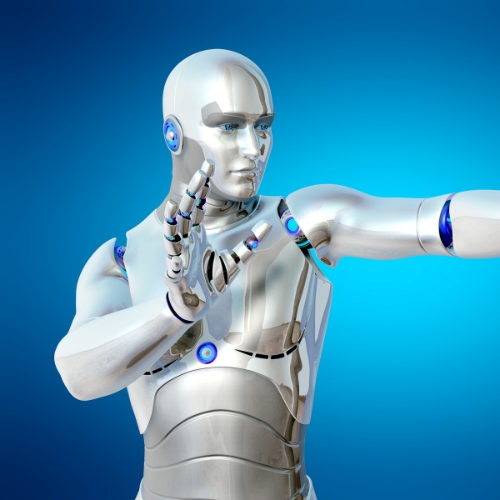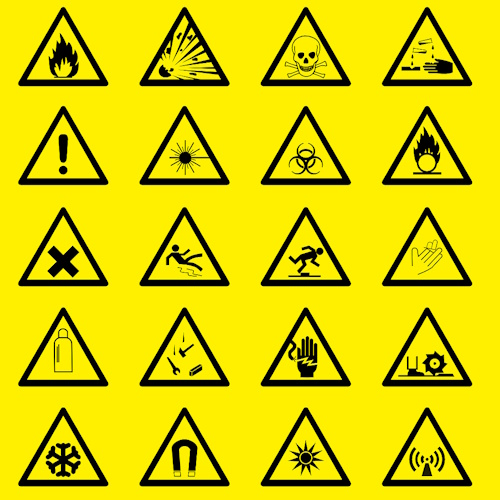Key points from article :
"Emerging technology in exoskeletons will improve the quality of workers’ lives in the near future," - Thomas Sugar, co-founder and director of science and technology for the Wearable Robotics Association.
Providing better ergonomic support, curbing repetitive stress injuries, and decreasing fatigue among workers.
Industrial exoskeletons work in tandem with a user to amplify, reinforce or restore human performance.
Range from full body to gloves, which often are used to aid with grip and come in a variety of configurations.
Some are supernumerary - they give workers extra hands or fingers.
Other can eliminate or alleviate the weight and potential ergonomic issues of holding and working with tools.
Areas of concern are physical hazards and safety-related issues.
ISO published safety requirements standard for exoskeletons in 2014.
International subcommittees are tackling performance, environmental considerations, maintenance and disposal, security, and information technology.




